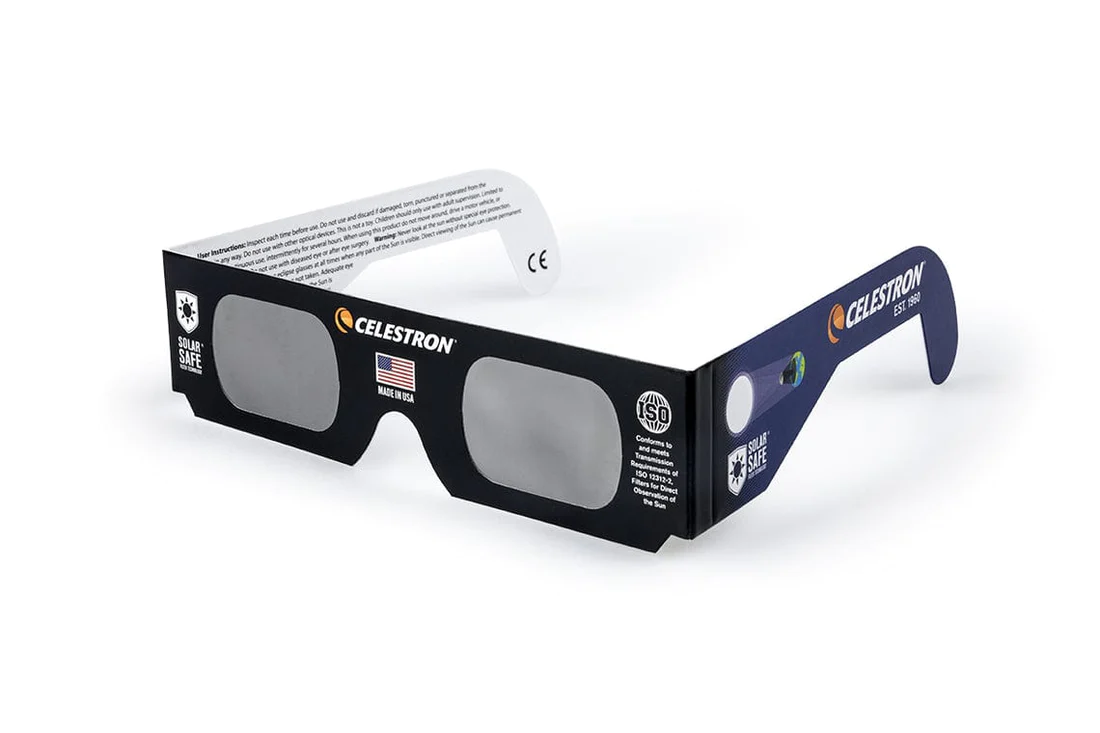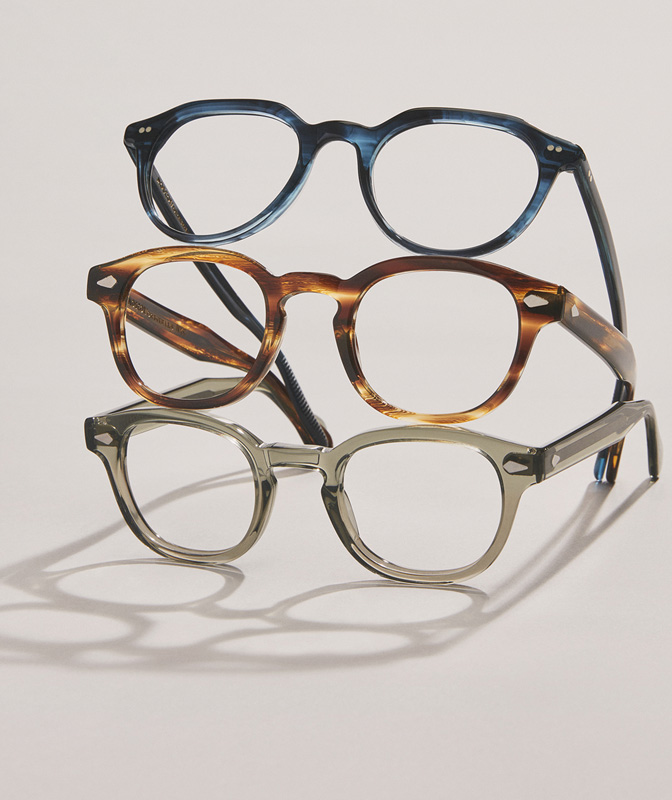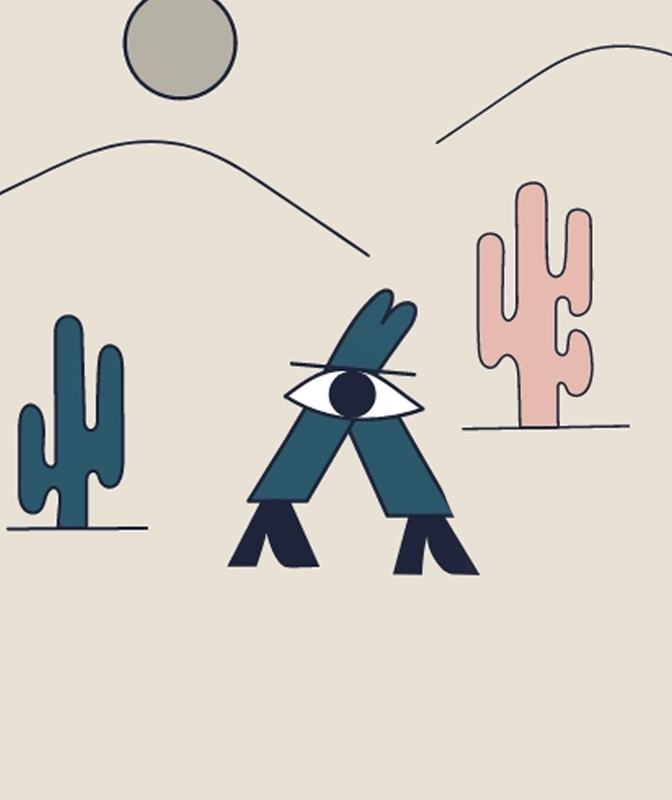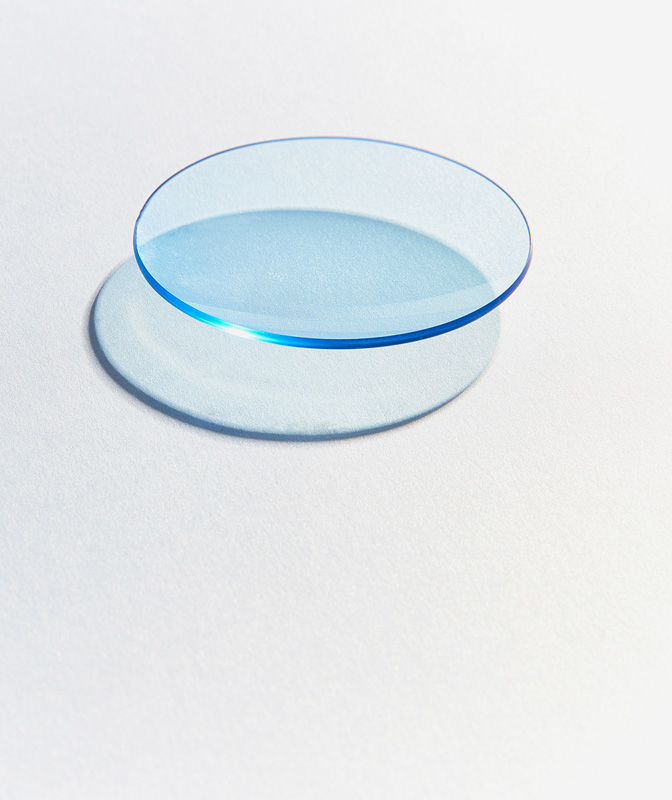To observe this rare event, it’s essential to take some precautions to protect the health of your eyes. Here are some tips from Dr. Pascal Desjardins, optometrist at Doyle Sainte-Foy.
What’s a total solar eclipse?
For an eclipse to be considered total, the Earth, Sun and Moon must be perfectly aligned. When this occurs, the Moon will be between the Earth and the Sun, partially or completely blocking the Sun’s rays. Only a small part of the planet will fall under the path of totality, which is less than 200 km wide. This event will be visible to people living between southern Ontario and Newfoundland and Labrador. The rest of Canada will be able to see a partial eclipse.
Are the Sun’s rays more dangerous during an eclipse?
Optometrist Pascal Desjardins explains that the main difference between looking at the Sun during a typical day and during an eclipse is that when it starts to become partially obstructed by the Moon, you can look at it directly for longer without realizing that it could be harming your eyes. He adds that during an eclipse, almost all visible light is obstructed by the Moon, but not necessarily ultraviolet rays—invisible but harmful to the eyes. “This means that you can stare at the eclipse, but you won’t get any severe glare. Ultraviolet rays can harm the eye within seconds. The damage isn’t painful at first but can be permanent,” says Dr. Desjardins.
Can a solar eclipse cause eye damage?
It’s natural to feel apprehensive about observing the eclipse. Many sources recommend never looking directly at the Sun without special glasses designed for eclipses. Without protective eyewear, you could be permanently jeopardizing your eye health. So it’s essential to be careful and take all the necessary precautions. Even during a partial eclipse, the Sun’s intense rays can damage the eyes.
According to Dr. Desjardins, not only does it increase the risk of early cataracts and macular degeneration, but there are two serious consequences of looking at an eclipse without protection: solar retinopathy and UV keratitis, both of which can manifest days later.
“Keratitis is like a sunburn on the cornea, which is the eye’s surface. The Sun’s rays kill these cells and cause severe pain, dryness and vision problems. When this happens, you need to use a lot of hydrating eye drops for several days and an antibiotic ointment to ensure that the cornea heals well.”
Looking at the Sun with the naked eye can also cause solar retinopathy, which is when UV rays damage the retina—the tissue at the back of the eye that we need to see. This damage can be permanent and irreversible. Even glancing at the eclipse while it’s partially complete can cause ocular lesions, so wear protection!
How can you safely look at the eclipse?
Since the next eclipse won’t be until 2205, this is a once-in-a-lifetime event! Here are Dr. Desjardins’s recommendations, supported by the Ordre des optométristes du Québec, to witness the eclipse safely:
- Protect your eyes at all times with solar eclipse glasses that meet the ISO 12312-2 international standard. It’s also important to ensure the glasses aren’t damaged or scratched. The weeks before the eclipse, head to one of our boutiques to pick up a pair. Quantities are limited!

Example of protective glasses for solar eclipse
- Avoid using eyewear without appropriate filters and follow instructions. “Your phone camera or binoculars won’t give you enough protection! You can always take pictures and look at them after, but avoid looking directly at the sun,” stresses Dr. Desjardins.
- Note that welding masks don’t have a strong enough filter to view the eclipse. In addition, conventional sunglasses, even the darkest ones, don’t offer enough protection.
- Watch the eclipse online from different reliable sources.
If you notice any changes to your vision or discomfort after viewing the eclipse, visit your Doyle optometrist.
When can I take off my protective glasses?
Our optometrist recommends wearing protective eyewear throughout the eclipse, lasting from 45 seconds to 4 minutes. You can take off your glasses when it’s over. “Humans are curious by nature. You may be tempted to look at the event for a few seconds without protection, but this presents a major risk to your eye health. And of course, once the eclipse is over, keep wearing sunglasses to protect your eyes from UV rays and don’t look at it directly,” recommends Dr. Desjardins.
Sources:
https://www.meteomedia.com/fr/nouvelles/science/espace/une-eclipse-peut-elle-rendre-aveugle
https://lactualite.com/sante-et-science/soleil-noir-le-8-avril/






